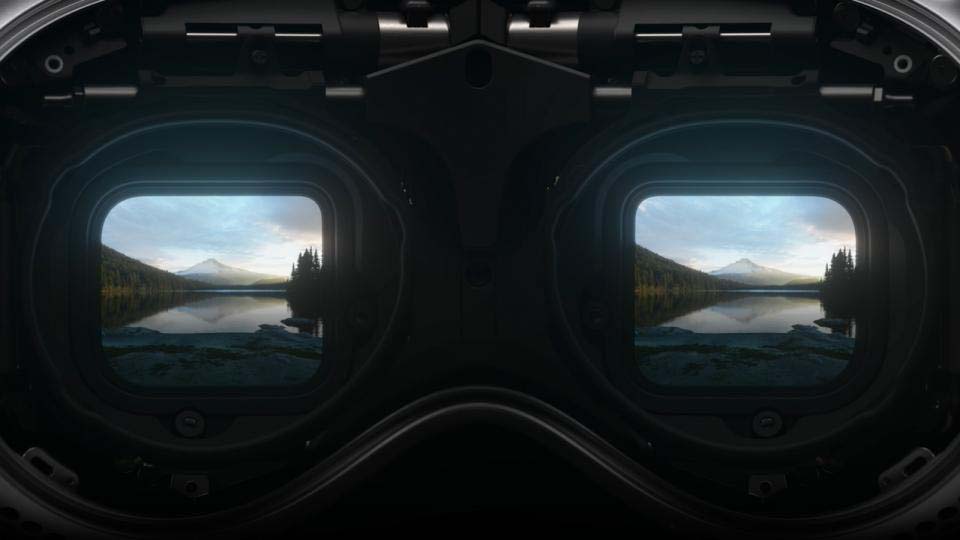
According to Korean media Outlet Thelec on June 28, Apple was recently found to have sent a Request for Information (RFI) related to the development of Micro OLED (silicon-based organic light-emitting diodes) to Samsung Display and LGD. An RFI is a document exchanged at the stage before a Request for Quote (RFQ) is sent by full-set manufacturers to component manufacturers after product specifications have been determined. During the RFI stage, the primary focus is on inquiring about the technical information needed for product development.
The Micro OLED mentioned in the RFI is a product where color filters (CF) are applied to WOLED. WOLED+CF OLEDoS displays colors by having white light emitted from WOLED pass through red (R), green (G), and blue (B) filters. The Vision Pro, which was first released in the US earlier this year, also uses WOLED+CF OLEDoS.
Other product specifications include a screen size of 2.0 to 2.1 inches and a pixel density of 1700 PPI. This differs from the existing Vision Pro's OLEDoS specifications, such as a screen size of 1.42 inches and a pixel density of 3391 PPI. Due to the lower pixel density of the Micro OLED mentioned in the RFI, it is speculated to be intended for entry-level models.
The industry is investigating the reasons behind Apple issuing the RFI: △expanding Vision Pro's supply by launching lower-end products, △stabilizing the Micro OLED supply chain. The distribution of extended reality (XR) devices, such as mixed reality (MR), can only expand if the product is released at a price lower than the existing Vision Pro's base model price of $3500. Product specifications are proportional to price. The basic price of Vision Pro is $3500, of which Micro OLED accounts for $456.
Apple's Micro OLED partner, Sony, has no plans to increase OLEDoS production capacity. It is understood that Sony's OLEDoS production capacity is at most 900,000 units per year. China's SeeYa has become a candidate to supply Micro OLED to Apple. Due to the US-China trade disputes, geopolitical risk factors are also at play. It is believed this is why Apple sent the RFI to domestic panel companies in Korea.
It is currently unclear whether the two Korean panel companies will actively respond to Apple's request.
Samsung Display has a WOLED+CF OLEDoS production line, but this line is targeted at IT companies like Samsung Electronics. WOLED+CF OLEDoS itself is technically difficult to differentiate, and the profit margin for its entry-level models is also low.
Samsung Display plans to supply RGB-type OLEDoS to Apple by depositing adjacent RGB subpixels on the same layer. The Apple Vision Pro equipped with RGB Micro OLED is expected to be released as early as 2027-2028.
LG Display has been at the forefront of developing WOLED+CF OLEDoS but does not yet have a production line. It is currently difficult for LG Display to establish a WOLED+CF OLEDoS production line.
Since RGB OLEDoS does not use color filters, it has an advantage in brightness (luminance) over WOLED+CF OLEDoS. This is because, in the WOLED+CF method, brightness decreases as the white light from WOLED passes through the RGB filter. Currently, WOLED+CF OLEDoS is being mass-produced by multiple companies, while RGB OLEDoS is produced by the US company eMagin, which was acquired by Samsung Display last year.
















